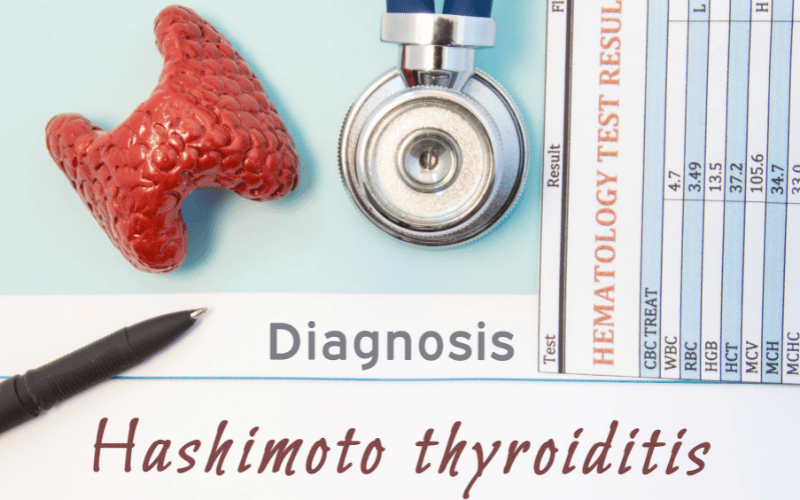Frequently Asked Questions About Hashimoto Desease And Thyroid Cancer

1. Can Hashimoto’s disease lead to thyroid cancer?
While some studies suggest an increased risk of thyroid cancer in patients with Hashimoto’s disease, it’s important to note that most people with Hashimoto’s do not develop thyroid cancer. The risk is slightly elevated, but the overall likelihood of developing thyroid cancer remains low.
2. What are the most common symptoms of Hashimoto’s disease?
Common symptoms of Hashimoto’s disease include fatigue, weight gain, sensitivity to cold, joint and muscle pain, constipation, dry skin, and depression. However, these symptoms can vary greatly from person to person and may initially be so mild that you don’t notice them.
3. What are the treatment options for thyroid cancer?
The mainstay of treatment for thyroid cancer is typically surgery to remove all or part of the thyroid gland. After surgery, thyroid hormone therapy is necessary. In some cases, radioactive iodine therapy, external radiation therapy, chemotherapy, and targeted drug therapy are used, typically for more advanced stages of the disease.
4. What is the survival rate for thyroid cancer?
The survival rate for thyroid cancer is generally favorable. For papillary and follicular thyroid cancer, the most common types, the 5-year survival rate when diagnosed in the localized or regional stages is nearly 100%. However, survival rates for other, less common types of thyroid cancer, like anaplastic thyroid cancer, can be lower.
5. How does having Hashimoto’s disease or thyroid cancer affect daily life?
Individuals with Hashimoto’s disease typically need to take daily medication to manage their symptoms and may need regular blood tests to monitor their hormone levels. For thyroid cancer survivors, regular check-ups are needed to monitor for any signs of cancer recurrence. In both cases, it’s possible to lead a full, active life with these conditions, but a proactive approach to personal health is key.
Conclusion: Unraveling the Intricacies of Hashimoto’s Disease and Thyroid Cancer
In the journey through understanding Hashimoto’s disease and thyroid cancer, we’ve tackled a myriad of aspects that shed light on these complex conditions that affect the thyroid gland. From the autoimmune origins of Hashimoto’s disease to the distinctive types and treatments of thyroid cancer, it’s clear that both conditions necessitate a patient-focused, comprehensive approach to diagnosis and management.
The potential intersection of Hashimoto’s disease and thyroid cancer underscores the importance of regular medical check-ups and an open dialogue with healthcare professionals. Despite the challenges these conditions pose, a combination of medical interventions and lifestyle adjustments offers the possibility of managing symptoms, treating the diseases effectively, and leading a fulfilling life.
As we delve into the latest research and unravel more about the link between Hashimoto’s disease and thyroid cancer, we are reminded of the strength of individuals living with these conditions. Their resilience underscores the importance of fostering strong patient-doctor relationships, robust support networks, and maintaining a proactive stance on personal health.
Whether you’re navigating life with Hashimoto’s disease, facing thyroid cancer, or supporting a loved one through their journey, remember that while these conditions may be part of your story, they don’t define it. By staying informed, engaged, and proactive in your healthcare journey, you’re taking the most vital steps toward a future of wellness.